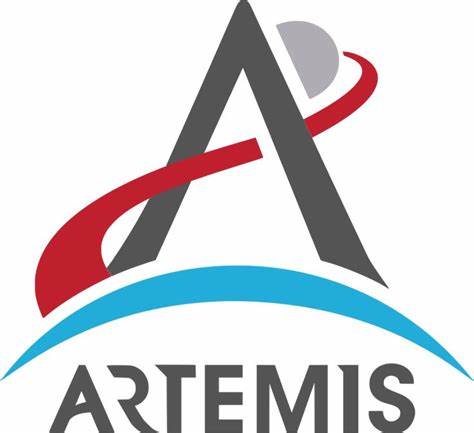Part 1 of 2 Parts
NASA will soon be returning to the Moon with the Artemis program. They plan to develop sustainable infrastructure that will permit the exploration and study of the Moon beyond what they have done to date. Crews of astronauts will stay on the lunar surface and in lunar orbit for longer periods of time. NASA needs to have a better understanding of what resources are available on Moon today to support that exploration and what technologies are available to process those resources. Demonstrating this on the Moon will assist in preparation for missions farther out in the solar system, including Mars.
To live and work in deep space for months or years may mean that astronauts will have less immediate access to the life-sustaining elements and critical supplies readily available on Earth. NASA will send cargo, experiments and other supplies to the Gateway satellite in lunar orbit. These will support exploration on and around the Moon. The farther humans go into deep space, the more critical it will be to generate produces with local resources. This is referred to as in-situ resource utilization (ISRU).
Using available sunlight is the most common form of ISRU. This energy source has been employed on spacecraft for decades. The International Space Station (ISS) is equipped with huge solar arrays to harness the energy of the Sun to support the energy needs of the crew. The lunar Gateway’s power and propulsion elements will also use solar arrays for power.
One of the most important needs for astronauts living on the Moon will be oxygen. Last October, the Australian Space Agency and NASA signed a deal to send an Australian-made rover to the Moon under the Artemis program. The goal of the mission is to collect lunar rocks that could provide breathable oxygen on the Moon. The Moon has a very thin atmosphere of hydrogen, neon and argon. However, there is actually plenty of oxygen on the Moon. The problem is that it is not in gaseous form. It is trapped inside the regolith which is the layer of rock and fine dust that covers the surface of the Moon. The important question is whether there would be enough oxygen available in the regolith to support human life on the Moon.
Oxygen can be found in many of the natural minerals in the ground on Earth. The Moon is mostly made of the same rocks and minerals that are found on Earth. Minerals such as silica, aluminum, iron and magnesium oxides dominate the lunar landscape. All of these minerals contain oxygen but obviously we cannot obtain oxygen by breathing lunar dust.
On the Moon, these minerals exist in a few different forms including hard rock, dust, gravel and stones. These materials have resulted from the meteorites impacting the lunar surface over billions of years.
Some scientists call the surface layer of the Moon lunar dusts. However, soil scientists hesitate to use this term. Soil, as we know it on Earth, is amazing stuff only found on Earth. It has been created by a huge array of organisms working on the soil’s parent material which is regolith derived from hard rock over millions of years.
The result is a matrix of minerals which were not present in the original rocks. Earth’s soil has remarkable physical, chemical and biological properties. The material on the surface of the Moon is basically regolith in its original, untouched form.
Please read Part 2 next
